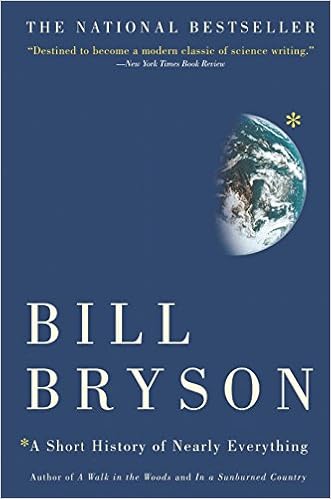This is default featured slide 1 title
Go to Blogger edit html and find these sentences.Now replace these sentences with your own descriptions.This theme is Bloggerized by Lasantha Bandara - Premiumbloggertemplates.com.
This is default featured slide 2 title
Go to Blogger edit html and find these sentences.Now replace these sentences with your own descriptions.This theme is Bloggerized by Lasantha Bandara - Premiumbloggertemplates.com.
This is default featured slide 3 title
Go to Blogger edit html and find these sentences.Now replace these sentences with your own descriptions.This theme is Bloggerized by Lasantha Bandara - Premiumbloggertemplates.com.
This is default featured slide 4 title
Go to Blogger edit html and find these sentences.Now replace these sentences with your own descriptions.This theme is Bloggerized by Lasantha Bandara - Premiumbloggertemplates.com.
This is default featured slide 5 title
Go to Blogger edit html and find these sentences.Now replace these sentences with your own descriptions.This theme is Bloggerized by Lasantha Bandara - Premiumbloggertemplates.com.
Thursday, May 29, 2014
Ebook Download The C# Interviewers Master Cheat Sheet: 2017 THE ULTIMATE C# INTERVIEWERS QUICK ANSWER REFERENCEBy Greg Unger
Wednesday, May 28, 2014
Get Free Ebook A Short History of Nearly Everything

Saturday, May 24, 2014
PDF Download Be Quiet, Be Heard: The Paradox of PersuasionBy Susan R. Glaser, Peter A. Glaser
Monday, May 12, 2014
Get Free Ebook Chess for Juniors, a Complete Guide for the BeginnerBy Robert M. Snyder
Monday, May 5, 2014
Free Ebook Misunderstood - The Brian Molko StoryBy Chloe Govan
Friday, May 2, 2014
Download PDF THE ART OF COUNSELING A PRACTICAL GUIDE- WITH CASE STUDIES AND DEMONSTRATI ONSBy ROLLO MAY










